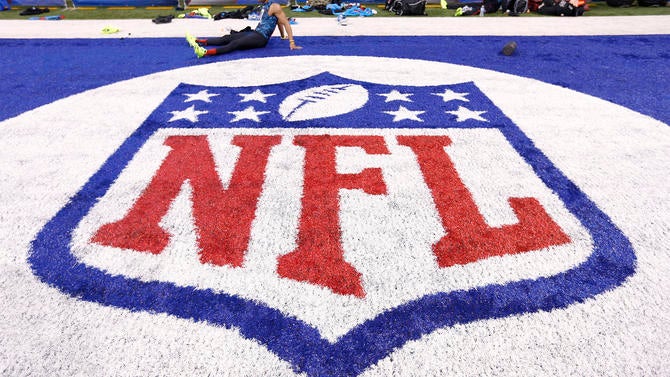
It's undeniable that football is a dangerous sport with a high risk of injury. But a study revealed by the New York Times on Tuesday is really eye-opening. Neuropathologist Dr. Ann McKee did a study of 202 brains, 111 of them from former NFL players, and all but one of them was diagnosed with CTE.
The times created a graphic to accompany the story which breaks down the types of brains.
In a study of 111 brains of NFL players, 110 had CTE, the degenerative disease caused by repeated blows to the head https://t.co/fbNS53VRMe pic.twitter.com/pG3fPF11ct
— The New York Times (@nytimes) July 25, 2017
The age range is from 23 to 89 years old, and the position does not seem to matter, either. The study examined the brains of 44 linemen, 20 running backs, 17 defensive backs, 13 linebackers, seven quarterbacks, five wide receivers, two tight ends, one punter and one kicker.
Ken Stabler, the former Raiders legend who died last year, was one of the brains studied. The Times notes that many of the players in question are famous, while many "you have never heard of." Additionally, "some of the brains cannot be publicly identified, per the family's wishes."
That includes the brain of the single player who did not test positive for CTE.
The NFL responded to the study's findings with this statement:
Here's the NFL's statement in response to the Boston University findings. pic.twitter.com/NVOtXIgRVQ
— Albert Breer (@AlbertBreer) July 25, 2017
One of the players mentioned in the study is that of Ronnie Caveness, a former NFL player who was also on the undefeated Arkansas Razorbacks team in 1964. One of Caveness teammates? Cowboys owner Jerry Jones, who said in March 2016 that it is "absurd" to link CTE with playing football.
Of the 202 brains in the study among players from all levels of football, 87 percent were revealed to have CTE. From the Times:
Of the 202 brains studied, 87 percent were found to have C.T.E. The study found that the high school players had mild cases, while college and professional players showed more severe effects. But even those with mild cases exhibited cognitive, mood and behavioral symptoms.
In other words, perhaps it should not be surprising that players who spent their lives playing in the "old" NFL are diagnosed with CTE. Spending an entire life banging heads with other humans while not utilizing the maximum amount of technology and playing through concussions is not going to be conducive to healthy brains.
There is, perhaps, nothing new here: Football can be dangerous. But the percentage of people who spend a lifetime playing football that end up with CTE is certainly still staggering.






















